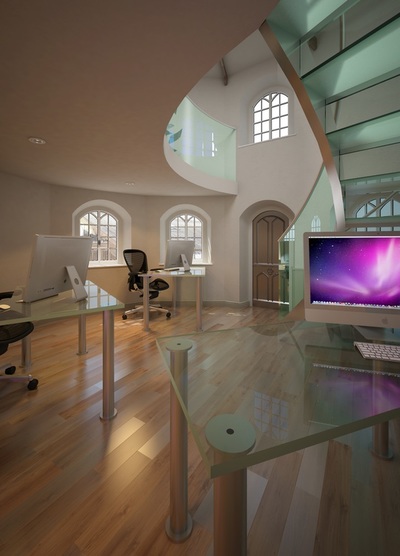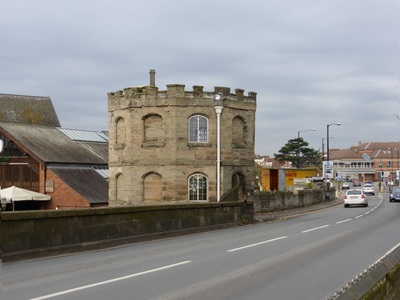Projects
Stratford Upon Avon Town Trail
| stratford_upon_avon_town_trail_digital.pdf | |
| File Size: | 7036 kb |
| File Type: | |
Riverside Heritage Trail Guide
| stratford_upon_avon_riverside_heritage_trail_digital_version.pdf | |
| File Size: | 3301 kb |
| File Type: | |
New Riverside Heritage Trail
As part of the Old Toll House restoration project Stratford Historic Buildings Trust has created a new riverside heritage trail which tells the story of the wider industrial heritage of the riverside area.
Although now a leafy tourist destination, the riverside was once a hive of commercial and industrial activity. The use of the river for commercial traffic and the development of the Stratford Canal and the Stratford to Moreton Tramway in the early 19th century meant that the area around the Bancroft in particular was the site of numerous wharves and warehouses.
The construction of the original Shakespeare Memorial Theatre in 1879 led to the gradual ‘improvement’ of the riverside area. Even so, it was not until the opening of the Art Deco Royal Shakespeare Theatre in 1932 that all of the wharves and warehouses were swept away and replaced by the present day gardens.
The main objective of the trail is to encourage both visitors and locals alike to discover more about the fascinating history of Stratford’s riverside. The 2 mile circular route includes familiar ‘Shakespearian’ venues like the Theatre and Holy Trinity Church, but also takes in a number of less well-known places like the Toll House, Lucy’s Mill and Avon Bank Gardens.
Hard copies of the trail are available from the Tourist Information Centre on Bridgefoot. You can also download a pdf copy here.
As part of the Old Toll House restoration project Stratford Historic Buildings Trust has created a new riverside heritage trail which tells the story of the wider industrial heritage of the riverside area.
Although now a leafy tourist destination, the riverside was once a hive of commercial and industrial activity. The use of the river for commercial traffic and the development of the Stratford Canal and the Stratford to Moreton Tramway in the early 19th century meant that the area around the Bancroft in particular was the site of numerous wharves and warehouses.
The construction of the original Shakespeare Memorial Theatre in 1879 led to the gradual ‘improvement’ of the riverside area. Even so, it was not until the opening of the Art Deco Royal Shakespeare Theatre in 1932 that all of the wharves and warehouses were swept away and replaced by the present day gardens.
The main objective of the trail is to encourage both visitors and locals alike to discover more about the fascinating history of Stratford’s riverside. The 2 mile circular route includes familiar ‘Shakespearian’ venues like the Theatre and Holy Trinity Church, but also takes in a number of less well-known places like the Toll House, Lucy’s Mill and Avon Bank Gardens.
Hard copies of the trail are available from the Tourist Information Centre on Bridgefoot. You can also download a pdf copy here.
Restoration and refurbishment of The Toll House, Clopton Bridge, Stratford upon Avon
The Old Toll House, located on Clopton Bridge in Stratford-upon-Avon, was built in 1814. With its crenelated roofline and gothic windows it is a familiar local landmark and an extremely important Grade I listed building. However, over the last 30 years it had fallen into serious disrepair and had been included on Historic England’s Register of Buildings at Risk.
Completed in August 2017, our £500,000 restoration project has preserved the historic fabric of the building and provided it with a new use as office space at ground floor and mezzanine level. As a result of the project we are delighted to say that the Toll House has now been removed from the Buildings at Risk Register.
Completed in August 2017, our £500,000 restoration project has preserved the historic fabric of the building and provided it with a new use as office space at ground floor and mezzanine level. As a result of the project we are delighted to say that the Toll House has now been removed from the Buildings at Risk Register.





